Hexagon Manufacturing Intelligence's Optiv 3.2.2 multi-sensor machine, equipped with palletizing mode, offers precise, automated dimensional measurements of L'Oréal's caps and bottles, and enables packaging expertise to be developed on other analysis criteria such as deformation and bottle verticality.
Founded in France in 1909, the L'Oréal group is the world leader in the cosmetics industry. Dedicated to the business of beauty, the group employs 88,000 people worldwide. It relies on its excellence in research and innovation and its 4,100 researchers to meet every beauty aspiration in the world, and has made ambitious commitments to sustainable development by 2030, involving its entire ecosystem for a more inclusive and sustainable society.
With over 10,000 employees working at 44 production sites for 36 international brands, L'Oréal France accounts for more than a quarter of the Group's worldwide production. The 240 people at the Rambouillet production site, near Paris, are in charge of producing nearly 300 million units a year of "haircare" and "skincare" products such as shampoos, conditioners and showers, including those for the Elsève and DOP brands.
L'Oréal's Marketing & Development teams create each new product (franchise) in a different shape, color and/or material, depending on the product category or target market. Recycled resin bottles, for example, represent one of the latest ecological innovations for the L'Oréal Paris brand. Each new creation requires adaptation of production processes. Specific tests are therefore necessary to ensure that any new packaging can be adapted to the packaging lines. They are also essential to validate that production will take place under the right conditions with the right yields, and therefore without any loss of output in the medium term. Éric Debreuille, a chemical engineer, is Packaging Manager at the Rambouillet site, and is in charge of this process. He works closely with the Group's centralized packaging/development departments, as well as with the plant's technical packaging teams.
"My role consists, among other things, in ensuring that design choices match packaging equipment. To do this, based on the product definition, a formal risk analysis is used to assess the impact of packaging changes on industrial equipment. We then have to organize, monitor and support the tests, summarizing the results which will enable us to validate or reject the technical choice", explains Éric Debreuille.
Two quality systems coexist at L'Oréal: design quality (packaging) and compliance quality (production). Éric Debreuille navigates between the two. In design, he contributes to product definition and industrial feasibility (testing), which he builds and carries out with centralized packaging and technical teams, enabling the new packaging item to be approved or not.
In the site's Quality-Compliance department, laboratory technicians check the conformity of items produced by L'Oréal suppliers, particularly when a new format is produced for the first time, or when materials are changed. The specifications for these new packagings specify the dimensional measurements to be carried out.
The Optiv M offers precision, reliability and speed for bottle and cap measurements, as well as real expertise. "We used to carry out our dimensional measurements using manual tools, in particular electronic calipers. However, some measurements were very complex to carry out, particularly those inside a capsule or even on a bottle", recalls Éric Debreuille.
The need for a three-dimensional measuring machine to help develop real Packaging expertise, mainly on bottles, arose from a request for analysis from Sematec, a member of the Hexagon group for industrial equipment projects. This is how the Optiv multi-sensor machine came to be presented to L'Oréal. "Our decision-making group, made up of the quality manager, the laboratory manager and myself, stipulated that the new tool should not only enable more reliable, faster and automated dimensional analysis, but also provide a concrete interpretation of the face deformations & verticality observed on our bottles. The aim was to correlate these measurements with our quality problems on the packaging lines".
Combined with a series of sensors for very fast, precise and versatile measurements, the Optiv M 3.2.2 was the ideal solution for all the inspections and analyses required by L'Oréal. "We were quickly able to cut bottle inspection time by a factor of five, while guaranteeing more reliable measurements thanks to the machine's combination of vision and probe techniques, perfectly suited to measuring certain dimensions. And the time taken to measure the capsules has been cut by a factor of ten, thanks to the palletization of the system adapted to our needs," asserts Éric Debreuille. Opus, Hexagon's partner, was able to design sophisticated, high-quality fixtures adapted to our different items to be inspected, thus optimizing the measurements made with our three-dimensional machine. Among other things, this equipment makes up for the limited volume of the Optiv 3.2.2, enabling us to measure all bottle formats, whatever their size.
L'Oréal uses Hexagon's PC-DMIS CAD++ software, coupled with the Inspect operator interface with pallet option, and Hero analysis report software. "I've already been able to design around twenty PC-DMIS programs and train three laboratory technicians on the machine, in analysis. I'm discovering new possibilities every day, and I'm confident that our level of Packaging expertise will continue to grow over the coming months", concludes Éric Debreuille.
Visit the sute :
www.hexagonmi.com










 Media kit
Media kit









